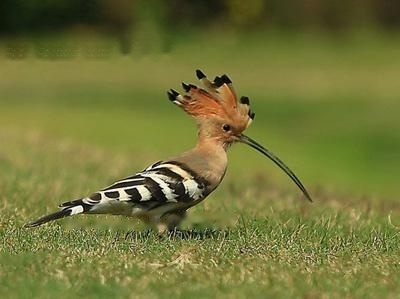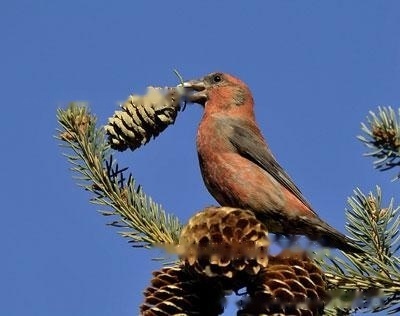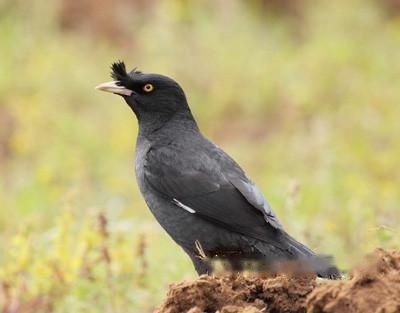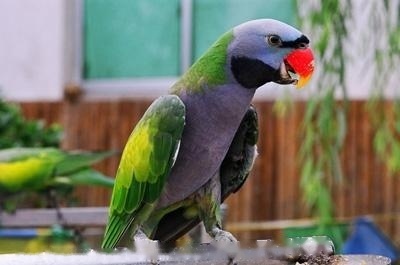Black curly-tailed male adult (breeding plumage): plumage is brilliant black; forehead and eyes are down black (with a dirty white spot at the corner of the mouth of individual specimens, but less obvious). The upper body is from the head, back to the waist and the upper tail coverts, dark black, with copper green metallic glitter; tail feathers are dark black, with copper green luster on the surface; the central pair of tail feathers is the shortest, and grows in order to the outside, and the outermost one The pair is the longest, its ends are curled outwards and upwards, and the ends of the tail feathers are deeply forked; the wings are dark brown, and the outer feathers and wing coverts have a copper-green metallic luster. The underparts are black-brown from the chin, throat to the undertail coverts, with a copper-green metallic luster only on the chest; the underwing coverts and axillary feathers are dark brown.
Female adult bird: The body color is similar to that of the male bird, except that the feather surface is slightly stained with copper green metallic luster.
Juveniles: Body plumage dark brown, with slightly metallic luster on the back and shoulders; dark brown from upper waist to upper tail coverts, the latter with dirty gray-white feathers End, scaly margins; tail feathers dark brown; wing horns dirty grayish white. The lower body, flanks and undertail coverts are black-brown, all with dirty gray-white feather margins; individual specimens have black-brown bases of undertail coverts, with gray-white feathers up to 11mm long, and the appearance is dirty gray-white. [1]
Nestlings: The nestlings are covered with dark brown-black down feathers.
Iris reddish brown: mouth and feet dark black; claws dark corners.
Size measurement: body weight ♂40-65g, ♀42-57g; body length ♂235-300mm, ♀243-285mm; mouth peak ♂21-29mm, ♀21- 28mm; wings ♂135-152mm, ♀133-144mm; tail ♂133-176mm, ♀129-166mm; tars ♂18-23mm, ♀18-22mm. (Note: ♂ male; ♀ female)




